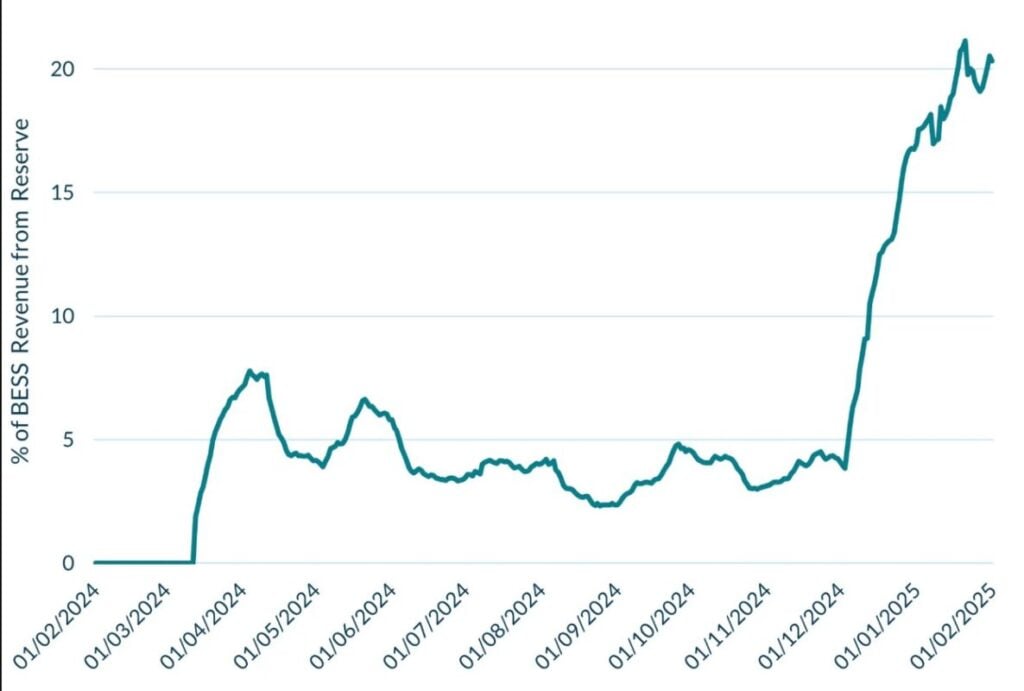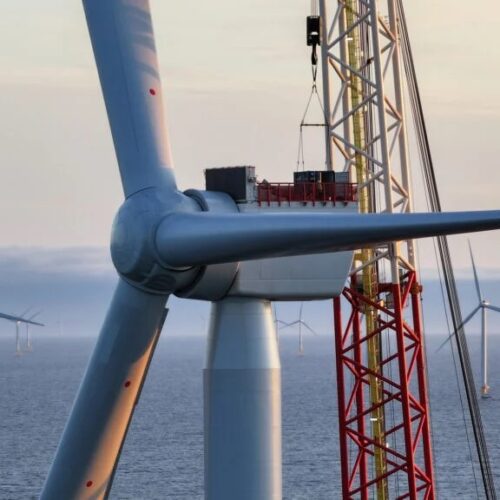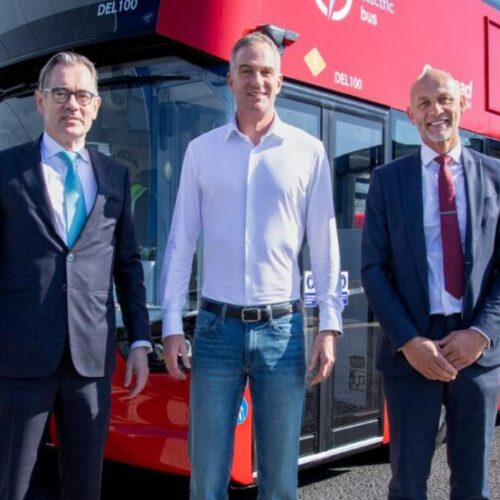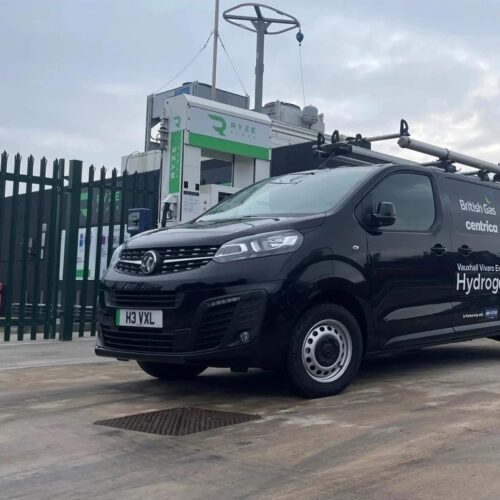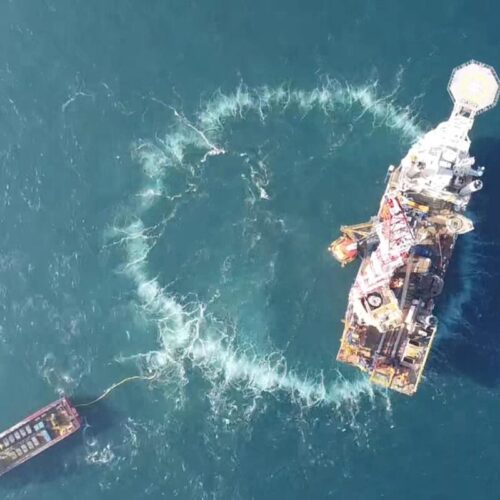New data from market analyst Cornwall Insight has revealed that battery energy storage system (BESS) revenues have soared, partly owing to new grid stabilising services.
The statistics show that average BESS revenues have quadrupled in the past year, with half of this rise taking place since December 2024. Cornwall Insight attributed much of this rise to the introduction of the National Energy System Operator’s (NESO’s) new Quick Reserve frequency management service in November 2024.
Cornwall Insight’s BESS Analytics Energy Storage Revenue Index saw the 30-day rolling average revenue for BESS assets increase from £21,000/MW/yr in January 2024 to £92,000/MW/yr in January 2025. Cornwall Insight notes that batteries have mostly dominated the range of technologies bidding into Quick Reserve thus partially explaining the sudden spike in revenues for battery assets.
While Quick Reserve has provided a “valuable” additional resource of revenue for asset managers, Cornwall Insight notes that around another 6GW of batteries are due to come online by the end of this year, meaning that market saturation could dampen revenues from Quick Reserve, as has been seen in other frequency response markets.
Dr Matthew Chadwick, lead research analyst at Cornwall Insight, said: “The rapid rise of battery storage revenues from Quick Reserve highlights how critical flexibility services are becoming in the UK’s evolving energy system. Ultimately, getting to net zero will involve more intermittent energy generation coming onto the grid, and that is where batteries will thrive. Other technologies simply do not have the ability to ramp up production that quickly – Quick Reserve is a batteries market.”
The future of grid balancing in the UK
The live auction platform for Quick Reserve bids opened on 19 November. The service replaced NESO’s existing Fast Reserve service, and is responsible for keeping grid frequency as close to 50 Hz as possible during supply and demand imbalances.
NESO predicts that the first phase of Quick Reserve could bring consumer savings of as much as £29 – £32 million each year due to the system being significantly more efficient than its predecessor. The second phase of the service will be delivered in the summer of 2025, and NESO states that it is currently engaging with the energy industry and the regulator Ofgem on the proposed service and procurement design.
Units operating on the new Quick Reserve system are divided into two categories: Negative Quick Reserve (NQR) assets, which will respond when supply outstrips demand, and Positive Quick Reserve (PQR) assets, which will be called upon when demand exceeds supply. All assets must be able to meet NESO demands within one minute and must have a minimum of 1MW of operational capacity.
A recent report from LCP Delta noted that Britian is one of the best markets in Europe for Demand Side Flexibility (DSF). Britain was particularly praised for its rollout of the Quick Reserve and Balancing Reserve services, both of which were launched in 2024, alongside having a capacity market that is open to DSF, and also for leading Europe in the range of dynamically priced electricity tariffs it offers.
